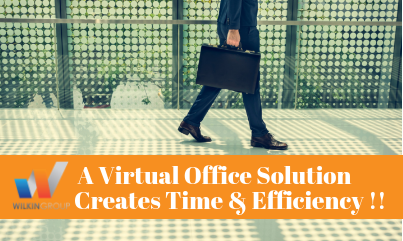When is the best time to hold a meeting? Is the early morning sales meeting really productive?
So when is the ideal time to hold a meeting?
Forget about Friday afternoons. Don’t even bother with Monday morning. Try Tuesday at 3pm!
You may think that this time slot is just plucked out of the the air, but studies have actually been done on this topic and this is the golden egg of meeting times. (Appparently!)
Research done by WhenIsGood.net revealed that over 50% of respondents had a Tuesday at 3 pm time slot available for a meeting. In that same study, only 30% had a morning slot available. Interestingly, the same study done five years ago revealed almost the same results.
So why is Tuesday at 3pm the magic time slot?
One theory suggests that Tuesday is best because that is the furthest you can get from the deadlines at the end of the week, without bumping into the missed deadlines from the week before.
Or how about the fact that Tuesday reigns supreme for meetings because people will more often than not take a sneaky Monday or Friday off to create a long weekend and it is far enough away from the end of week productivity sliding scale.
On a more scientific level…..
Circadian rhythms are the physical, mental and behavioral changes that follow a roughly 24-hour cycle. These body rhythms have a dramatic effect on when we are most conducive to any form of concentration required for a productive meeting.
Everyday our bodies go through ebbs and flows in energy and behaviors. Early morning until midday are generally quite productive, but then our bodies quickly lose interest. This is an ideal opportunity to take time out and have lunch. Once we have had time to recuperate, mentally and physically, our bodies quickly attain the same levels of energy as experienced in the morning. So by about 3pm each day, we often find that we feel more productive and willing to engage again.
So why not meet in the morning? Generally speaking, most people like to be able to spend time on their own personal work and plan the rest of the day in the morning. If you do hold meetings first thing, you may run the risk of your attendees not engaging and their minds may be elsewhere.
So… lets meet, shall we say Tuesday 3pm?
Wilkin Group in Adelaide run a number of Business Centres, and have numerous meeting spaces for both existing and new clients. Out of interest they have done some research regarding meeting times and outcomes. Wilkin can be contacted on (08) 7071 7071, or info@wilkingroup.com.au to find out more how they are able to meet your meeting room needs.


